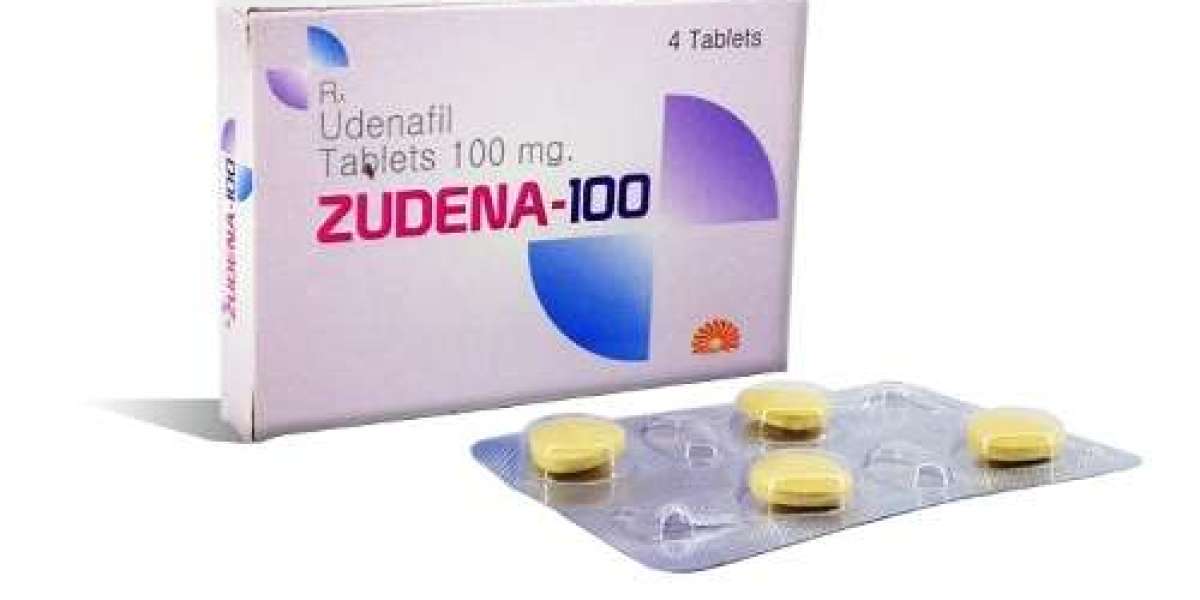Soothing the Skin: A Look at the Radiodermatitis Market
Radiodermatitis, also known as radiation dermatitis or radiation skin injury, is a common and often debilitating side effect of radiation therapy, a cornerstone of cancer treatment. It manifests as a spectrum of skin reactions ranging from erythema (redness) and dry desquamation (peeling) to moist desquamation (skin breakdown with weeping), ulceration, and even necrosis in severe cases. These reactions can cause significant pain, discomfort, itching, and compromise quality of life, often leading to interruptions in cancer treatment, which can negatively impact therapeutic outcomes. The radiodermatitis market focuses on developing and providing products, devices, and therapies aimed at preventing, treating, and managing these skin complications, ensuring patients can complete their crucial radiation therapy with greater comfort and fewer adverse effects.
Increasing Cancer Incidence and Advanced Therapies as Drivers
The primary driver of the radiodermatitis market is the rising global incidence of various cancers, leading to an increasing number of patients undergoing radiation therapy. As radiation techniques become more precise and potent, allowing for higher doses to tumor sites, the incidence and severity of skin reactions can also increase, particularly in areas where radiation beams exit the body or where skin folds exist. Growing awareness among oncologists, radiation therapists, and patients about the importance of proactive skin care during radiation therapy is also a significant market accelerator. Furthermore, advancements in supportive care and the development of specialized topical agents, wound care dressings, and photobiomodulation therapies specifically designed for radiation-induced skin damage are driving innovation and market growth. The focus on improving patient quality of life during and after cancer treatment also plays a crucial role.
Product Landscape and Treatment Approaches
The radiodermatitis market comprises a diverse range of products and treatment approaches, categorized by type of formulation, application, and severity of radiodermatitis. Topical agents form the largest segment, including moisturizing creams, barrier creams, corticosteroids, hyaluronic acid-based formulations, and film-forming gels, used for prevention and management of mild to moderate symptoms. Wound care dressings are essential for treating moist desquamation and ulcerations, ranging from hydrogels and hydrocolloids to specialized silver-impregnated or silicon-based dressings. Biologics and growth factors are emerging as advanced therapeutic options for more severe or refractory cases, aiming to accelerate healing. Beyond topical applications, photobiomodulation therapy (PBMT), utilizing low-level laser or LED light, is gaining traction for its anti-inflammatory and wound-healing properties. The market also includes oral medications for pain management and antibiotics for secondary infections.
Challenges and Innovations in Management
Despite the range of available products, the radiodermatitis market faces challenges. The diverse range of patient skin types, radiation doses, and treatment sites means that a "one-size-fits-all" solution is often ineffective. Ensuring patient adherence to skin care regimens throughout lengthy radiation courses can also be difficult. Furthermore, distinguishing between radiation-induced skin reactions and other dermatological conditions can be a diagnostic challenge. However, these challenges are driving significant innovation. Research is focused on developing novel topical agents with enhanced anti-inflammatory, antioxidant, and regenerative properties. The integration of telemedicine platforms for remote monitoring of skin reactions and providing virtual consultations is improving patient access to specialized care. The use of personalized algorithms based on patient-specific factors (e.g., skin type, radiation dose, co-morbidities) to predict individual risk and tailor preventative strategies is an exciting area of development. Wearable sensors that monitor skin hydration and temperature could also aid in early detection of developing reactions.
The Future Outlook for Radiodermatitis Management
The future of the radiodermatitis market is promising, driven by a continuous commitment to improving cancer patient care. As radiation therapy techniques become more sophisticated and individualized, so too will the approaches to managing its skin side effects. We can anticipate the development of more targeted and effective topical and systemic therapies that specifically address the underlying biological mechanisms of radiation-induced skin damage. The widespread adoption of predictive models and AI-powered diagnostic tools will enable proactive intervention and highly personalized skin care regimens. Furthermore, increased multidisciplinary collaboration between radiation oncologists, dermatologists, and wound care specialists will ensure comprehensive patient management. Ultimately, advancements in the radiodermatitis market will play a crucial role in enabling cancer patients to successfully complete their life-saving treatments with minimal discomfort and improved overall quality of life.
Contact:
Market Research Future®
99 Hudson Street,5Th Floor
New York, New York 10013
United States of America
Phone:
+1 628 258 0071(US)
+44 2035 002 764(UK)
Email: sales@marketresearchfuture.com
Website: https://www.marketresearchfuture.com



